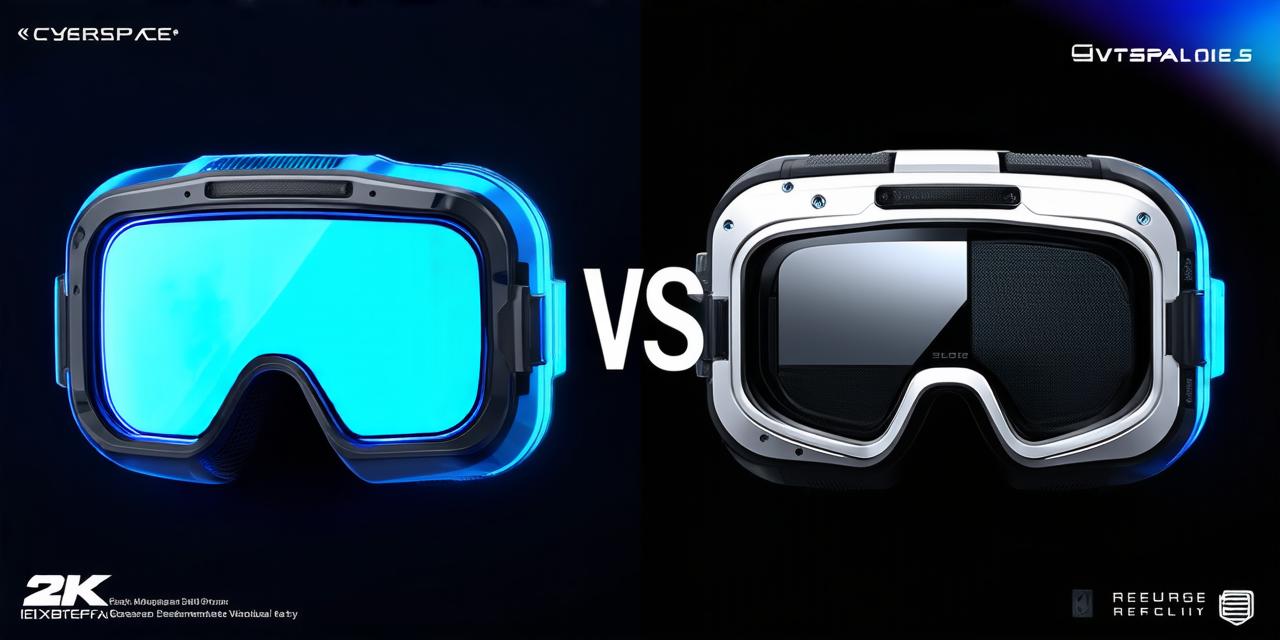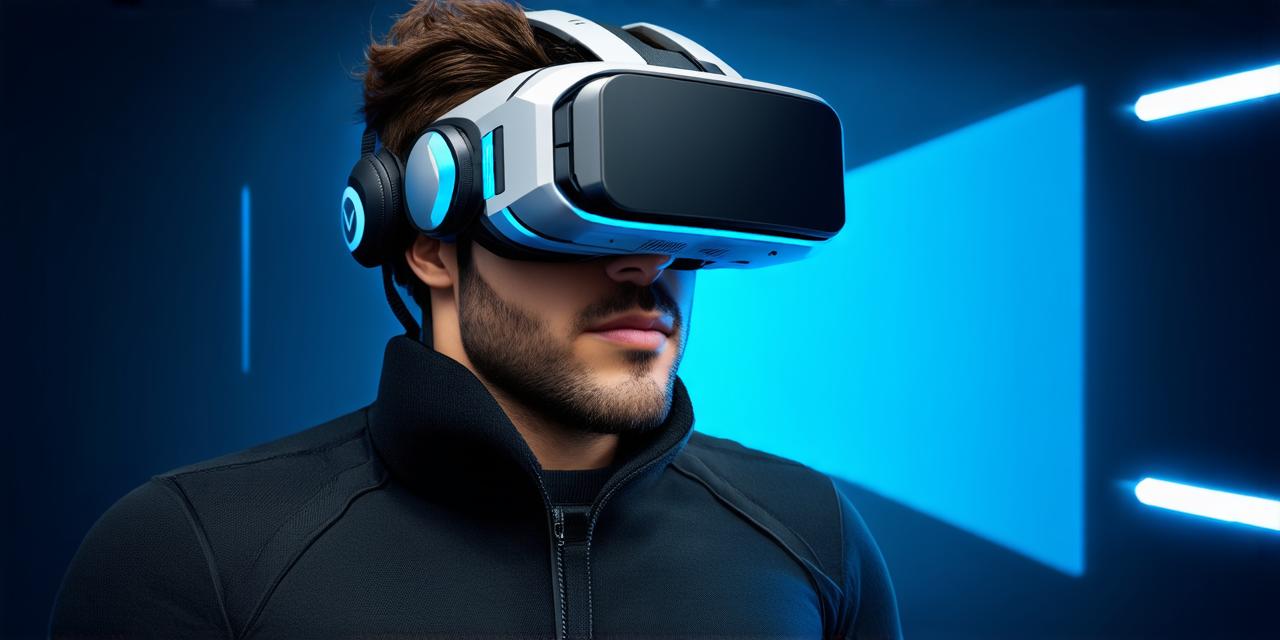Virtual reality (VR) and augmented reality (AR) are both immersive technologies that offer a new way to experience digital content. However, they differ in several key ways, including the level of immersion, the type of content, and the user interaction.

Immersion
Virtual reality offers a fully immersive experience. It creates a simulated environment that completely surrounds the user and blocks out the real world. This allows users to feel like they are truly in a different place, without any distractions from their physical surroundings. In contrast, augmented reality only adds digital elements to the real world, rather than replacing it entirely. This means that users can still see and interact with their physical environment while using AR.
Type of content
Virtual reality is often used for gaming, entertainment, and training purposes. It allows users to explore new worlds, engage in virtual combat, or practice complex skills in a safe environment. On the other hand, augmented reality is typically used for practical applications, such as design, education, and marketing. AR allows users to visualize digital content overlaid on their physical surroundings, which can be helpful for tasks like product design, historical reenactments, or advertising campaigns.
User interaction
Virtual reality generally requires specialized equipment, such as a headset or goggles, to experience. Users must also physically move around in the virtual environment using handheld controllers or sensors. This creates a more interactive and engaging experience, but can also be limiting if the user’s physical abilities are limited. In contrast, augmented reality can often be accessed through a smartphone or tablet, without the need for specialized equipment. Users can interact with AR content using simple gestures or voice commands, making it more accessible and convenient to use.
In summary, virtual reality offers a fully immersive experience that is best suited for gaming, entertainment, and training purposes, while augmented reality provides a practical and convenient way to visualize digital content in the real world. Both technologies have their own unique advantages and limitations, and the choice between them will depend on the specific application and user needs.



